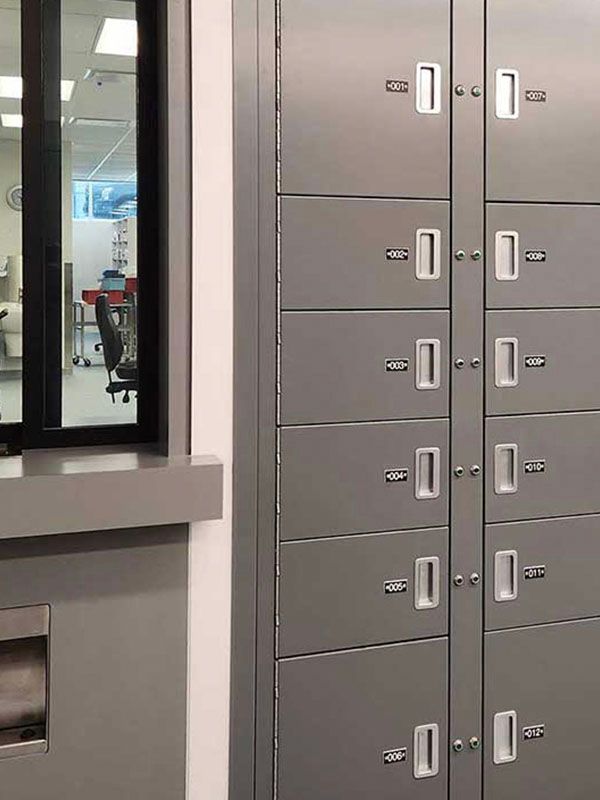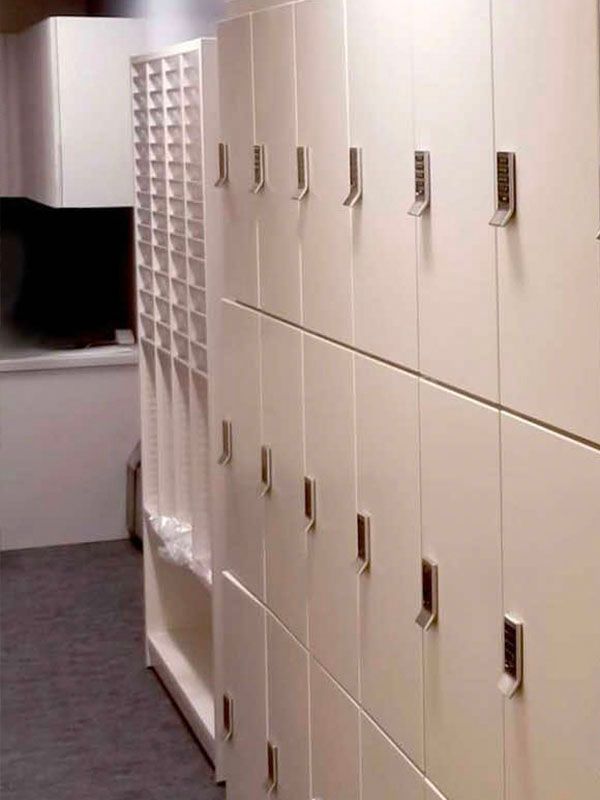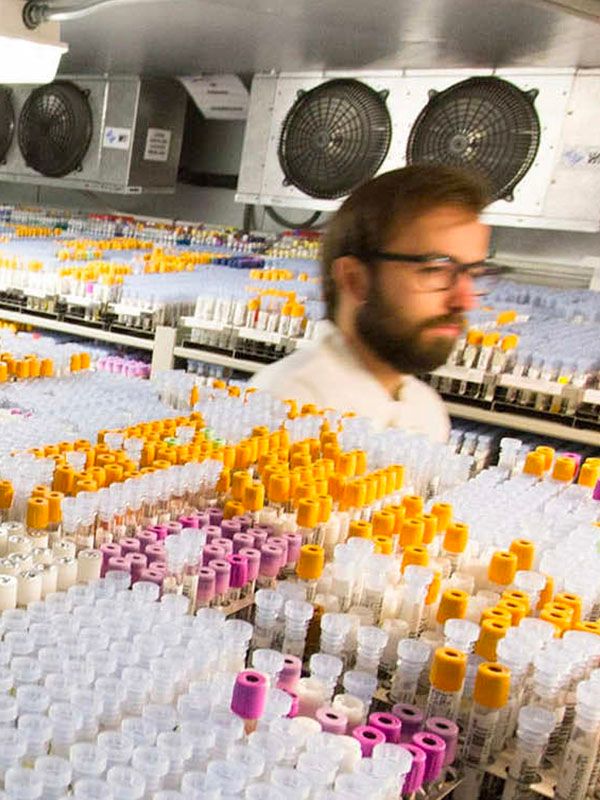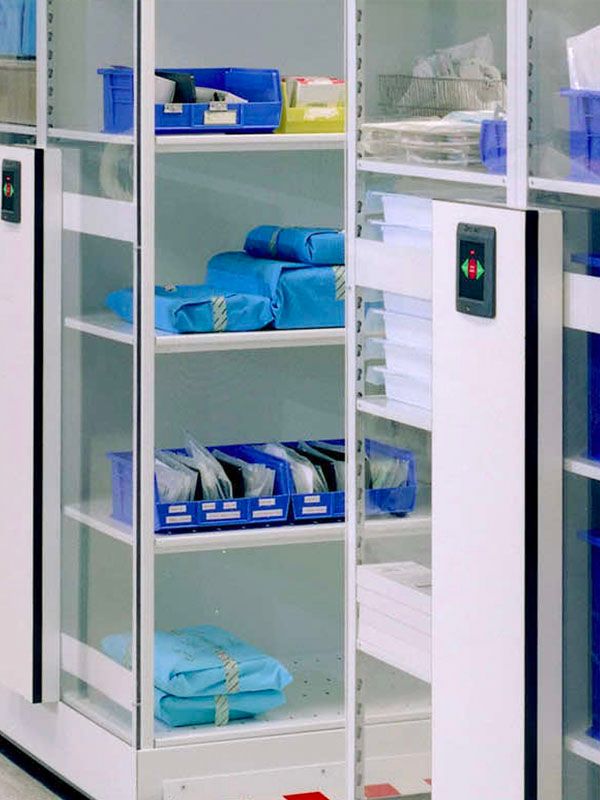Finding a Cure for Pharmaceutical Storage at a Research Lab
Faced with rapid growth and increased inventory, a company’s research lab found a more efficient pharmaceutical storage system with mobile shelving.

When you’re creating life-saving vaccines or drugs for diseases like cancer, diabetes, and multiple sclerosis, no supplies can go to waste. The biologic pharmaceutical market is rapidly expanding, and growth has left manufacturers stressed for storage capacity.
One leading pharmaceutical company was dealing with the consequences of their inadequate pharmaceutical storage. The compounds and raw chemicals needed to create biologic drugs must be stored in a temperature-controlled environment to prevent them from deteriorating or becoming inactive. In the past, the company had used vertical carousels, a common storage solution in the industry, to hold chemicals and finished samples, but that was no longer an option.
"Our department is very satisfied with how the system works and how much it stores. It meets all of our expectations."
- Facility Manager at leading pharmaceutical manufacturing company
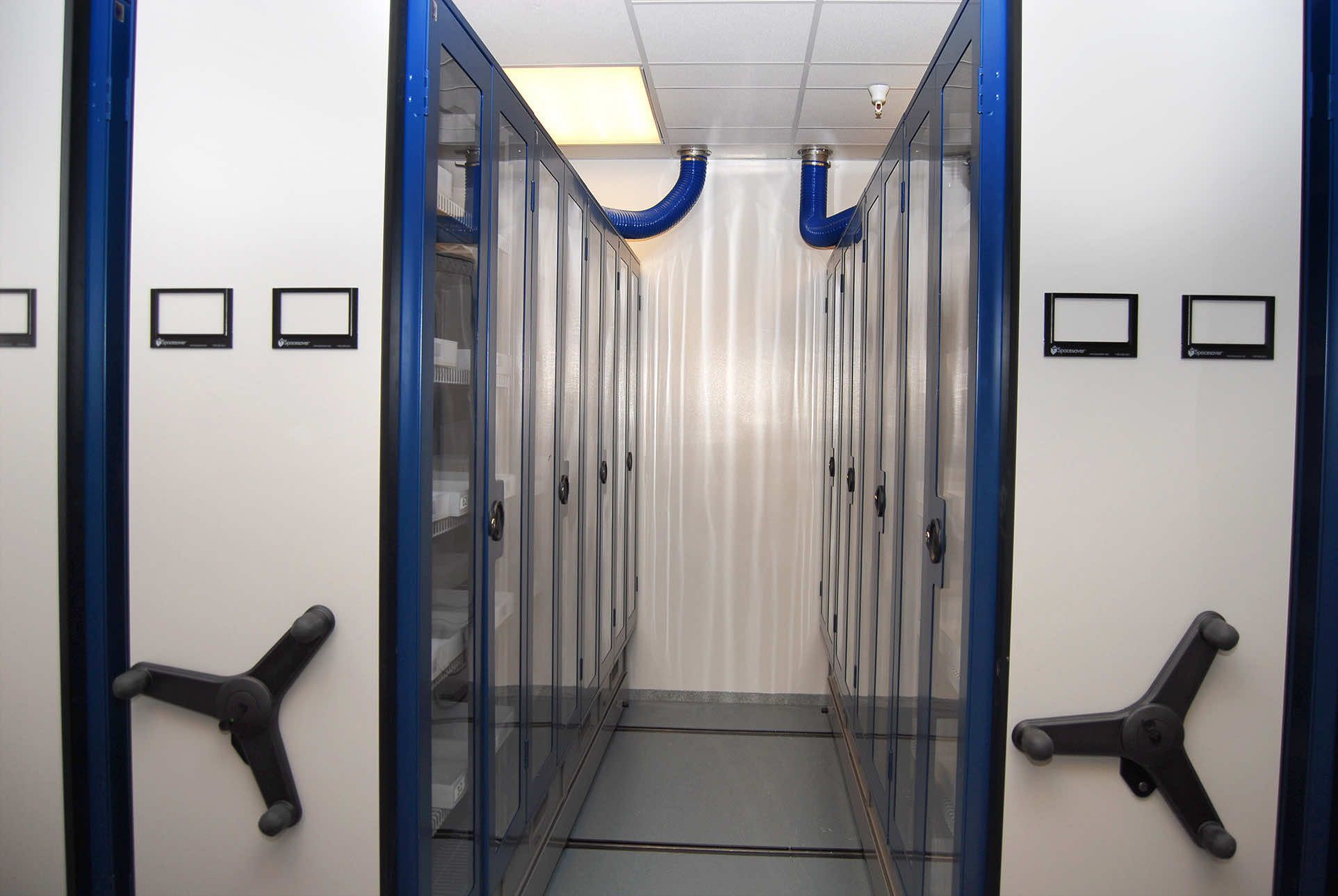
Did you know?
6 out of 10 bio manufacturers admit they are facing some type of storage capacity problems at some stage of their manufacturing process.
Growing Pains Spark Change
As the company grew, the allocated pharmaceutical storage area filled to capacity, and eventually supplies were stored in various locations around the lab and even in other facilities. Lab technicians had to search different areas of the lab to locate the materials needed for a given project. To make matters worse, upon moving into a new, expanded lab space, they discovered the ceiling height could not accommodate the vertical shelving they’d used previously.
With very specific storage requirements for temperature, humidity, and chemical resistance, the company wasn’t sure where to turn. Adding additional cooler storage would be capital-intensive and would increase ongoing maintenance and operating costs. But to stay competitive, they needed to be poised for even more growth.
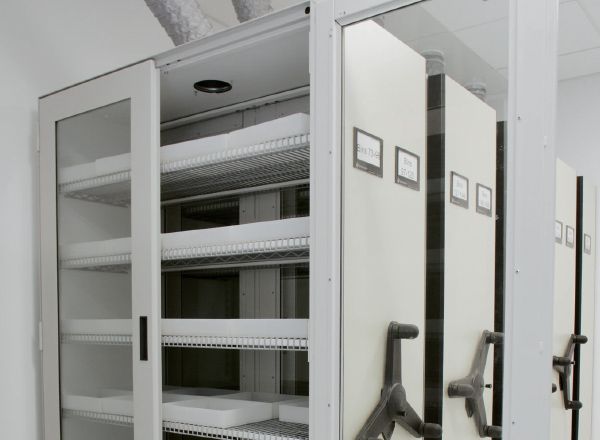
Healthcare Storage Guide
Healthcare Storage Guide

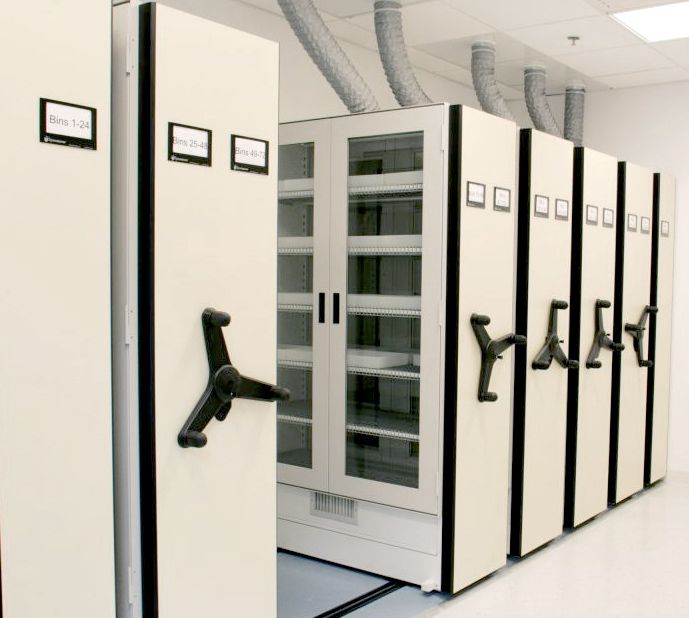
Enter the local Spacesaver sales consultant. Having worked on many similar projects, he was an expert in temperature-controlled storage. Due to the complicated nature of the project, he had an in-depth discussion with end-users about their needs and specifications. Together, they came up with a solution that solved all of the issues: a compact mobile storage system with ventilated cabinets. From his experience, he knew that denser storage would help stabilize the room temperature, making the cooler more energy-efficient and saving on electricity costs. The cabinets could also be moved and compressed, which increased the capacity of the limited space.
Simple lab shelving wasn’t good enough for the lab’s requirements. “They needed the storage to be a bit more air tight—less of a shelf and more of a cabinet,” said the Spacesaver consultant. He and the local distributor helped custom-engineer HVAC capabilities needed for the time- and temperature-sensitive products.
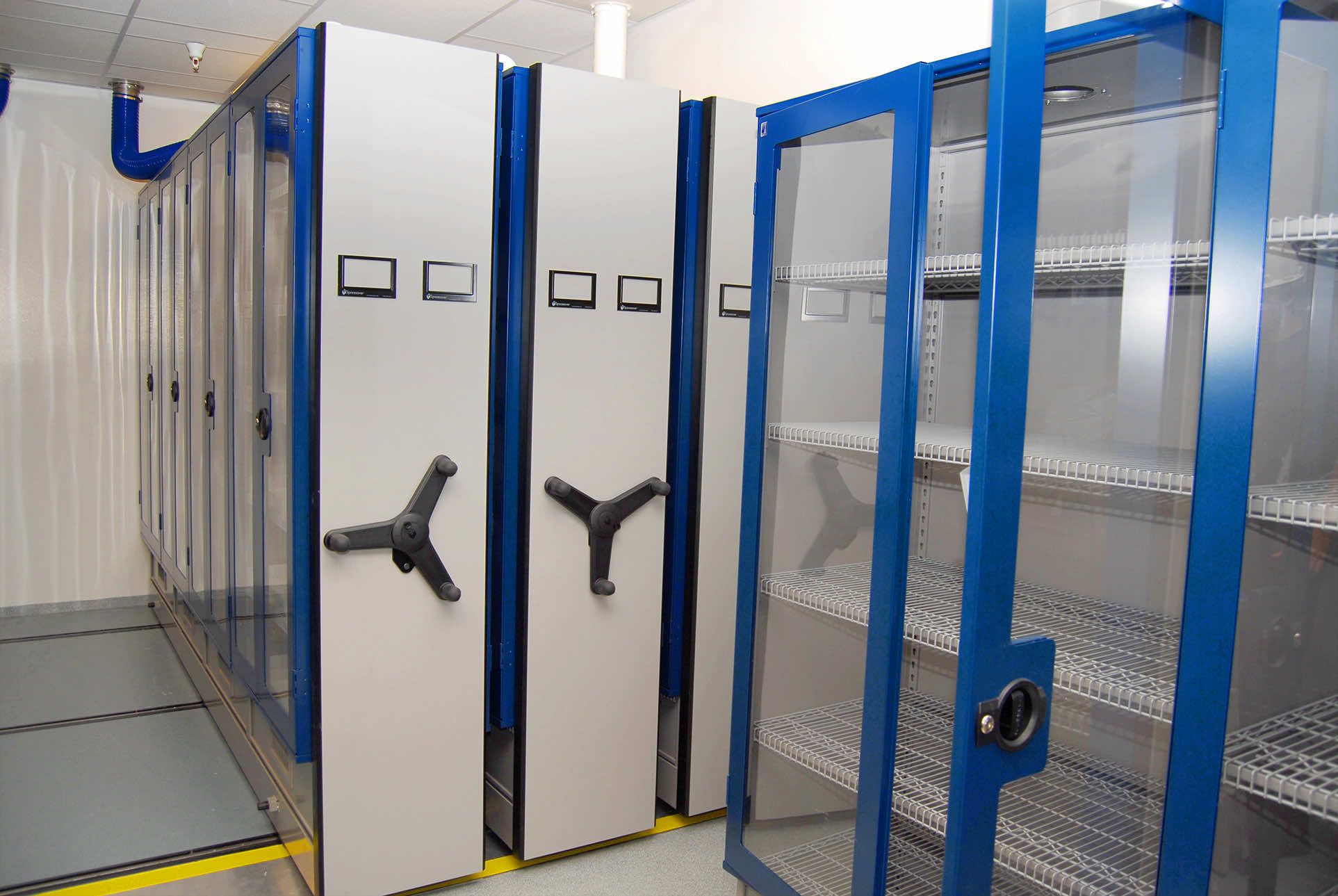
"I would tell anyone to get Spacesaver to stay competitive."
- Operations Manager
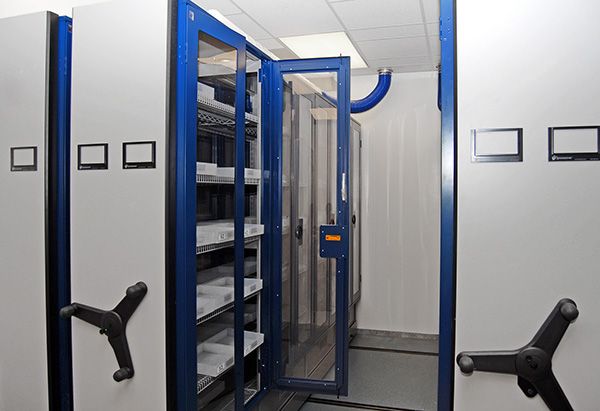
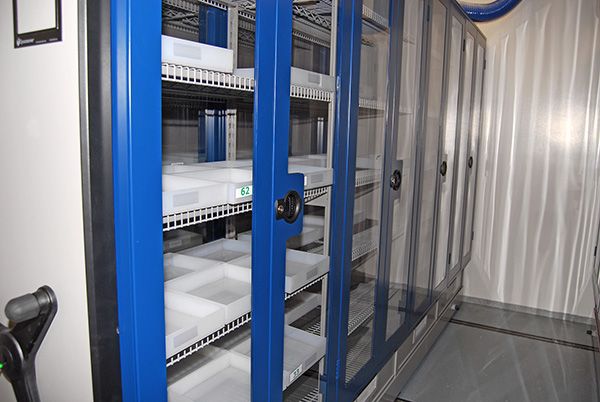
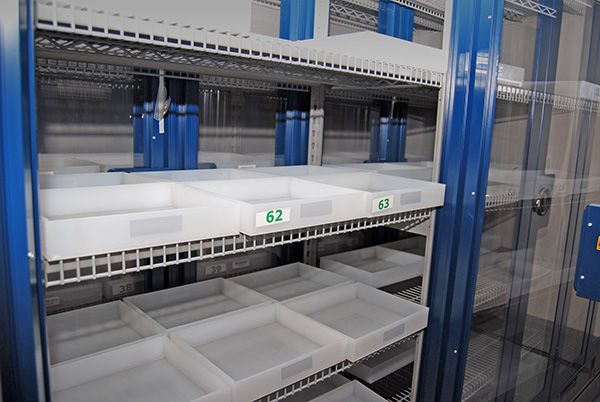
Similar companies have also taken note of the engineered-to-order solution. Shortly after the first project, the Spacesaver consultant installed a similar solution for another company with a more conventional pharmaceutical focus. Both companies are consistently placed in the top ten global pharmaceutical corporations.
“Custom projects like these are just one example of why it’s so important to meet with the end-users of the product and brainstorm the solution from that point,” he said. “Once we understand what the requirements are, we can really tailor a system to fit a variety of needs.”
